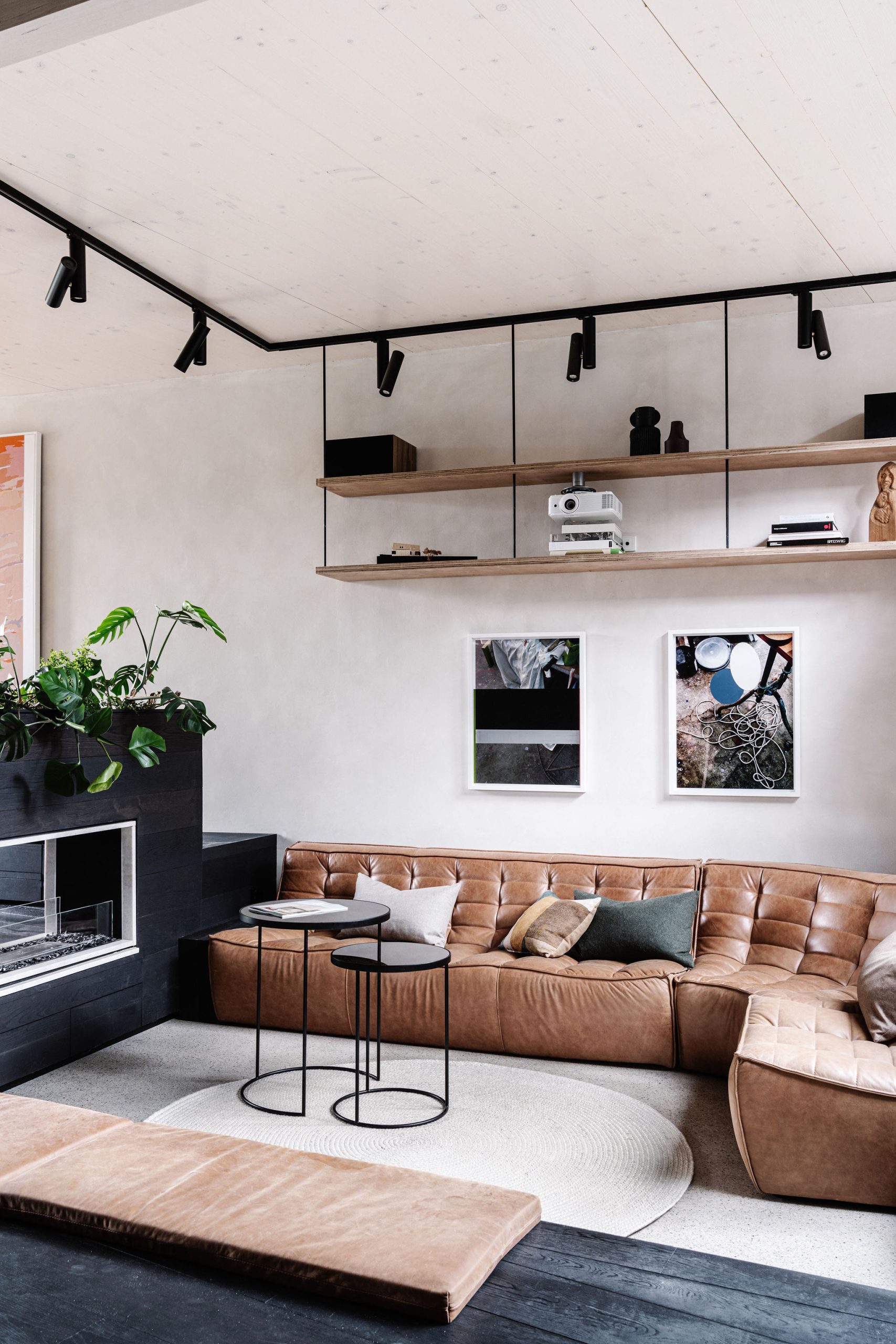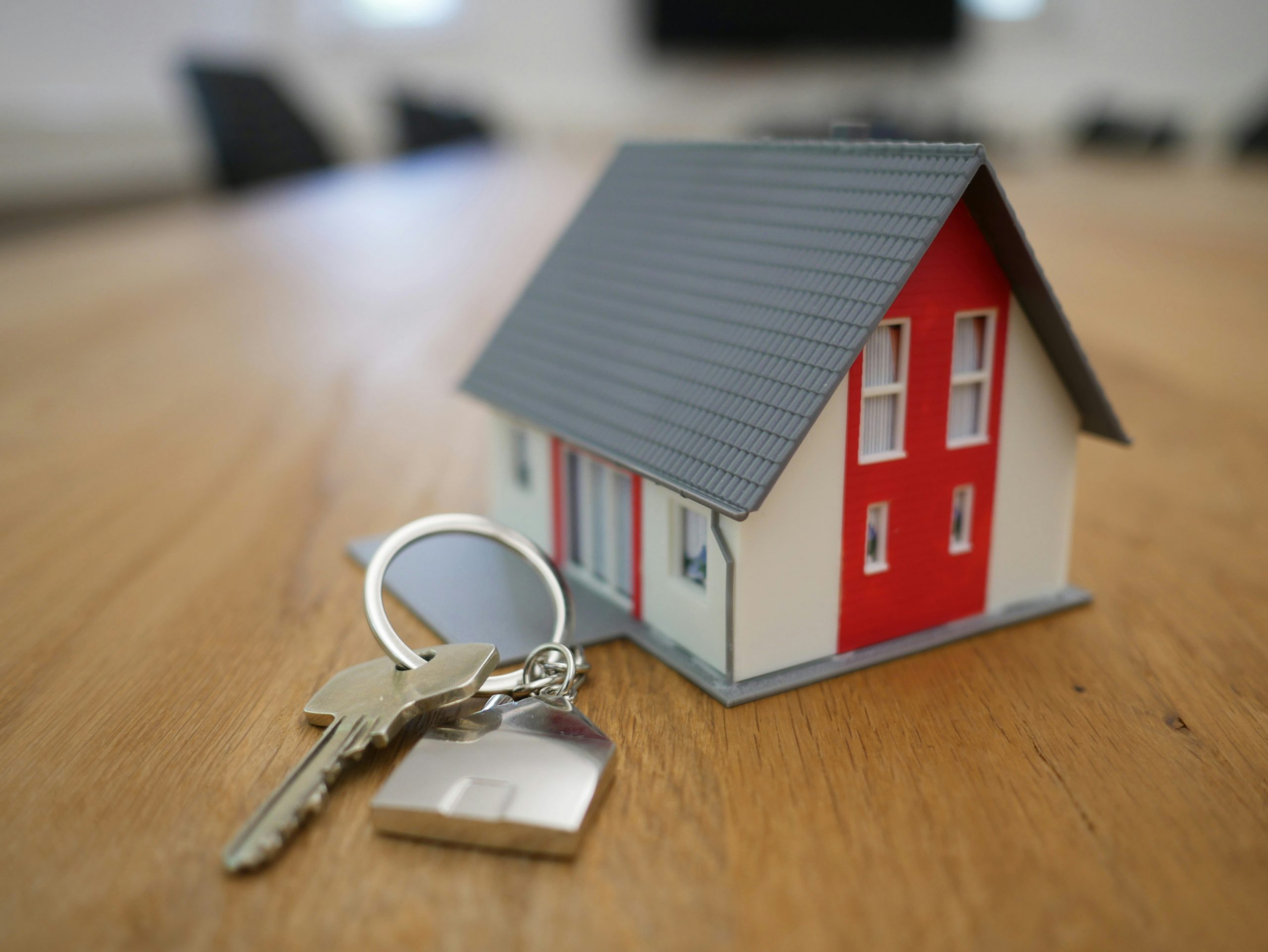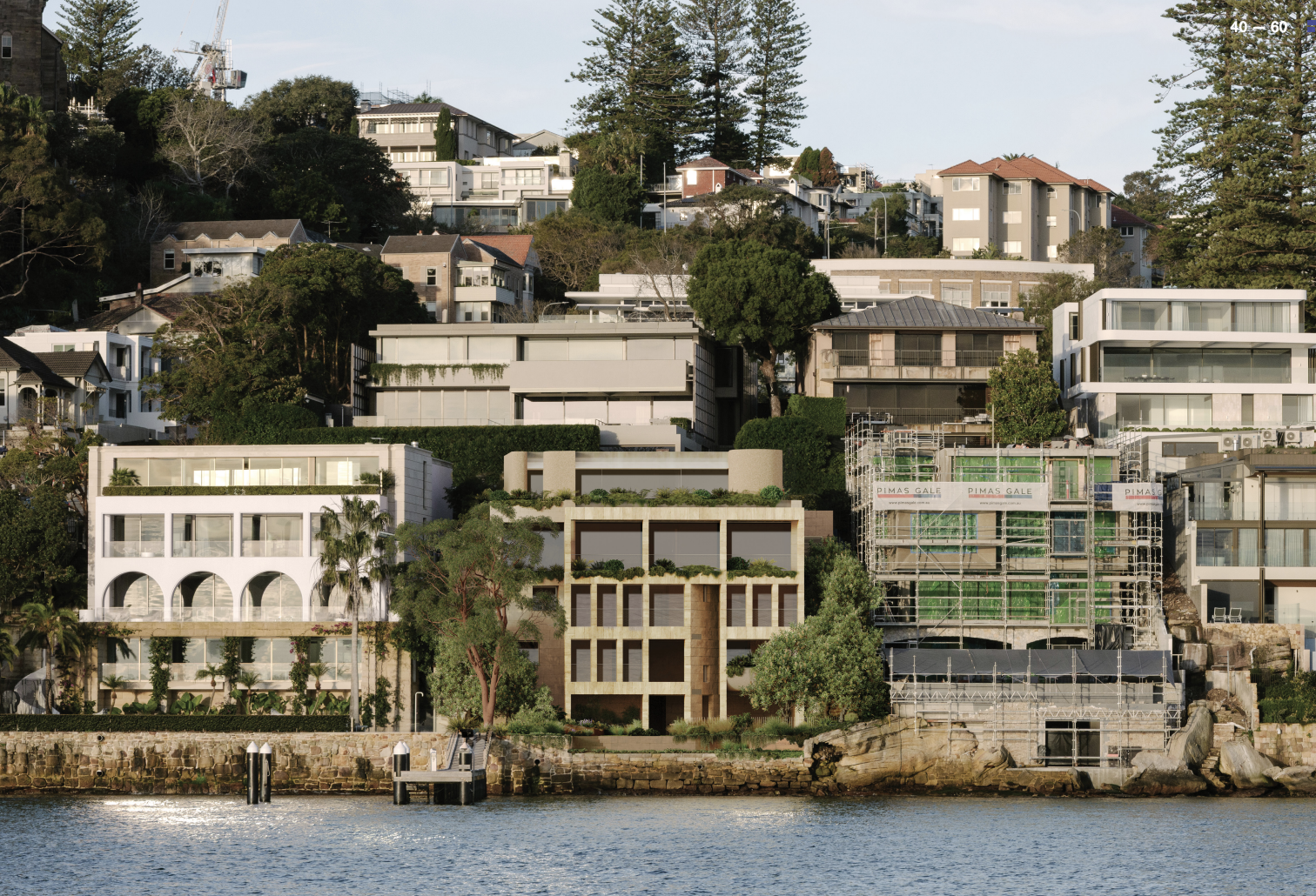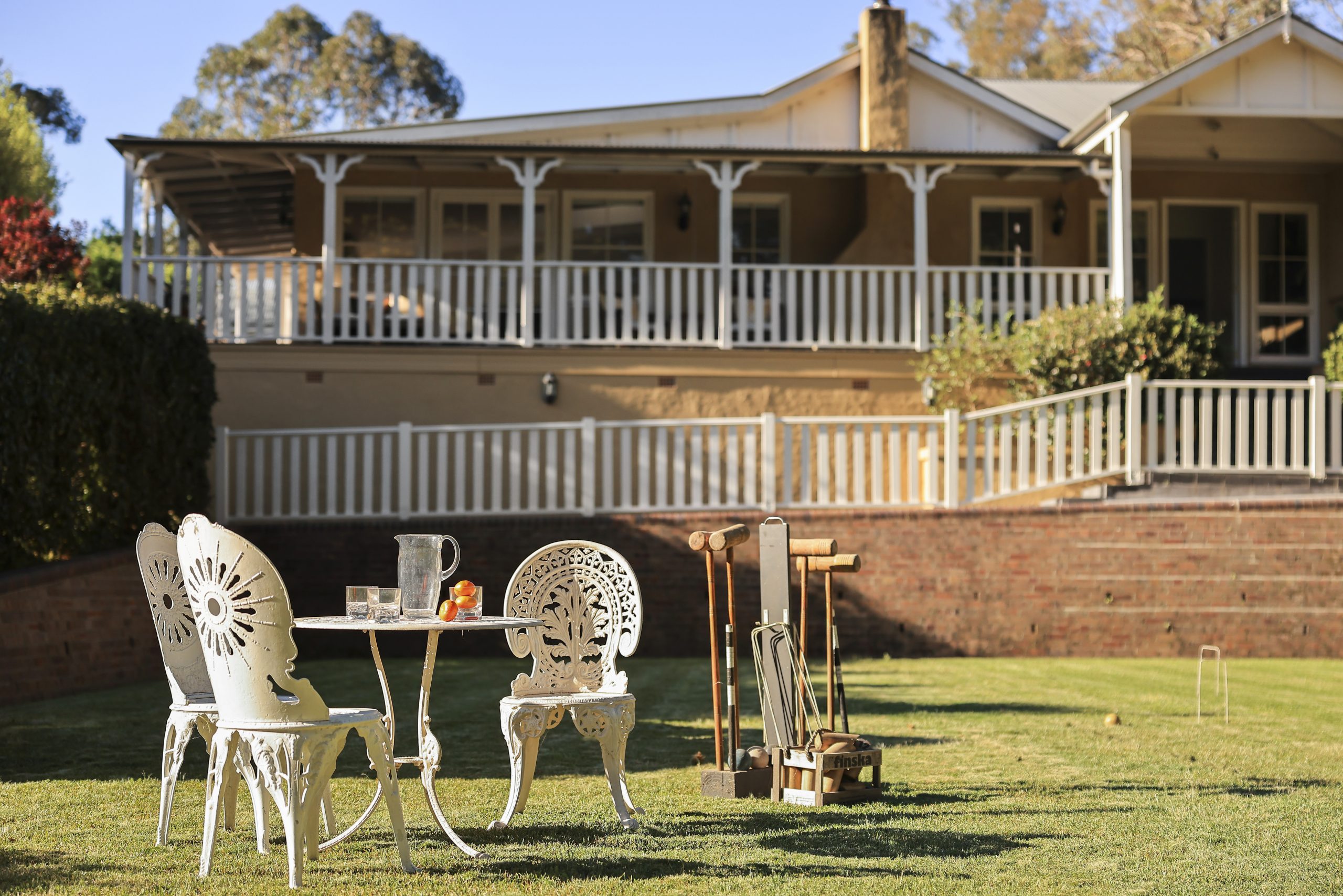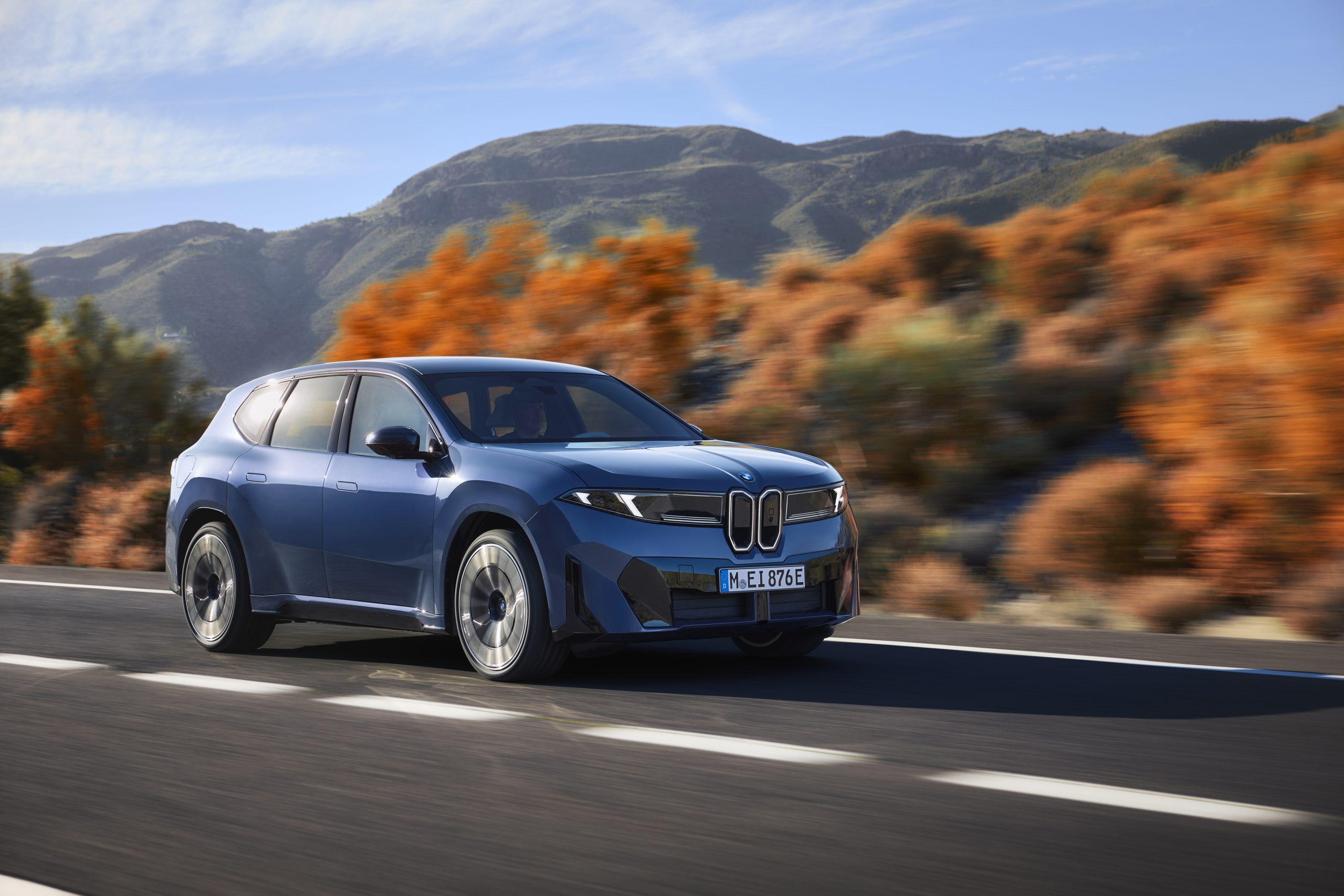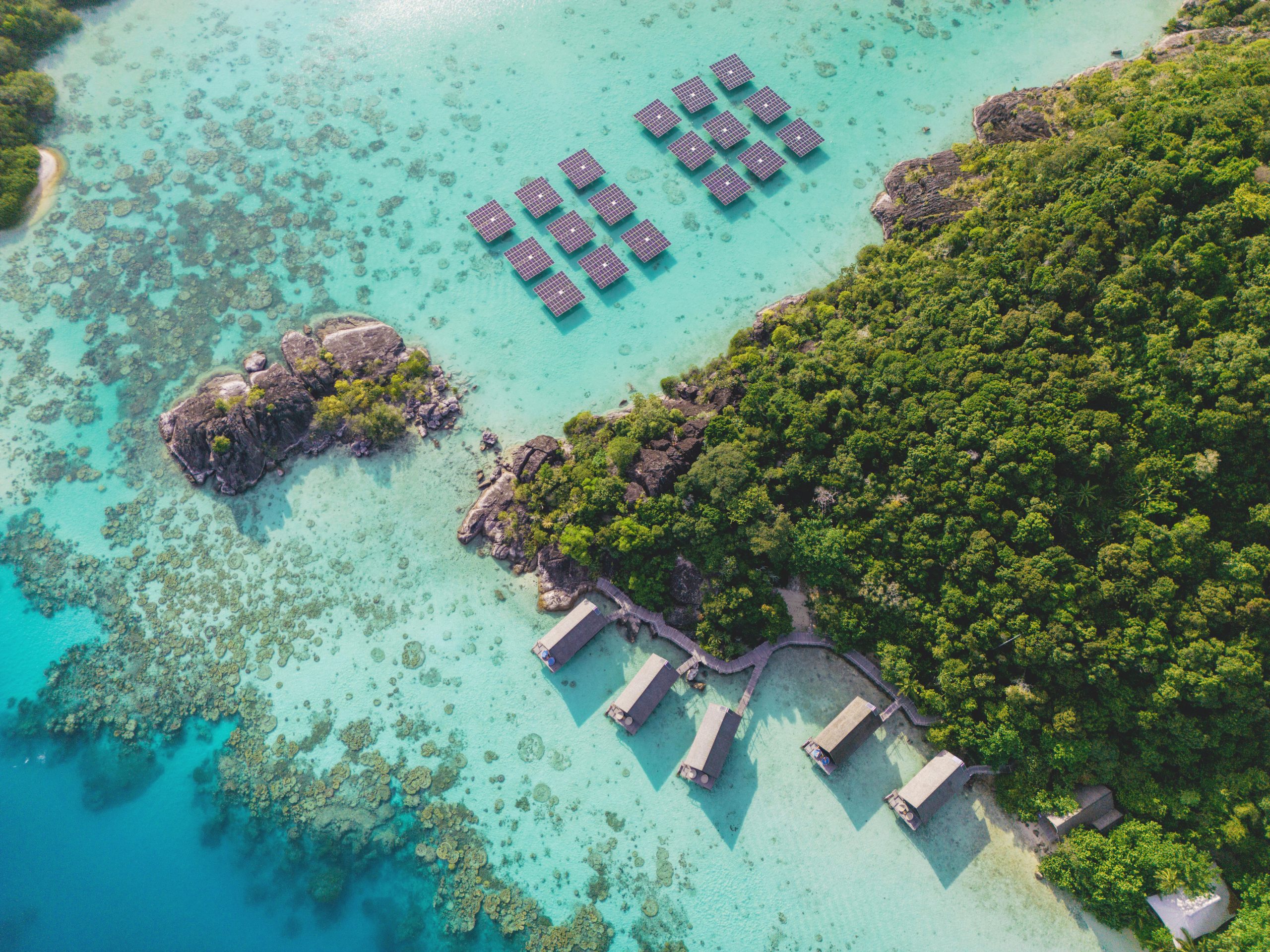The house design where you won’t need a heater in winter
A popular construction method in Europe, Passive House design has plenty to offer Australians keen on an energy efficient, cost effective home
There’s much talk about Passive House Design—or ‘Passivhaus’ as it was known in Germany where it originated —in 2024 and the energy-saving efficiencies it offers homeowners. From the exterior, you wouldn’t know whether a home has incorporated passive house design or not. But journey inside, and you’ll find a different experience home awaits.
The first thing you’ll notice from a passive home is it’s incredibly quiet; the outside noise is reduced thanks to exceptional sound insulation. You’ll then come to notice a comfortable temperature range — never too hot, never too cold — with fresh air filtrating each and every room. For those that detest dust, you’re likely to find fewer cleaning tasks each month.
Passive House Design is changing the way people live, the energy they save, and the comfort they’ll come to cherish. Chief Creative Officer of Melbourne Design Studios Felicity Bernstein says it’s only a matter of time until Passivhaus is the go-to for every home — the definition of modern luxury living.
“In Passivhaus, we are a lot less reliant on solar heat gains than in a traditional Aussie home. Passive Houses stay warm through the increased insulation and the continuous airtightness throughout; all rooms of the entire house are equally warm, and there are basically no hotspots or unconditioned spaces,” said Ms Bernstein.
“You can imagine a Passivhaus a little bit like an esky: the temperature you have inside will be generally kept inside, and is kind of independent from the outside. Humans give off heat and so do appliances and that really is all that is needed if you have a well built Passivhaus. That is why you can hardly imagine to ever live in a non Passivhaus ever again once you experience the level of natural comfort a Passivhaus can offer.”
Below, Ms Bernstein explains the principles around Passivhaus and the key factors to its design throughout homes.
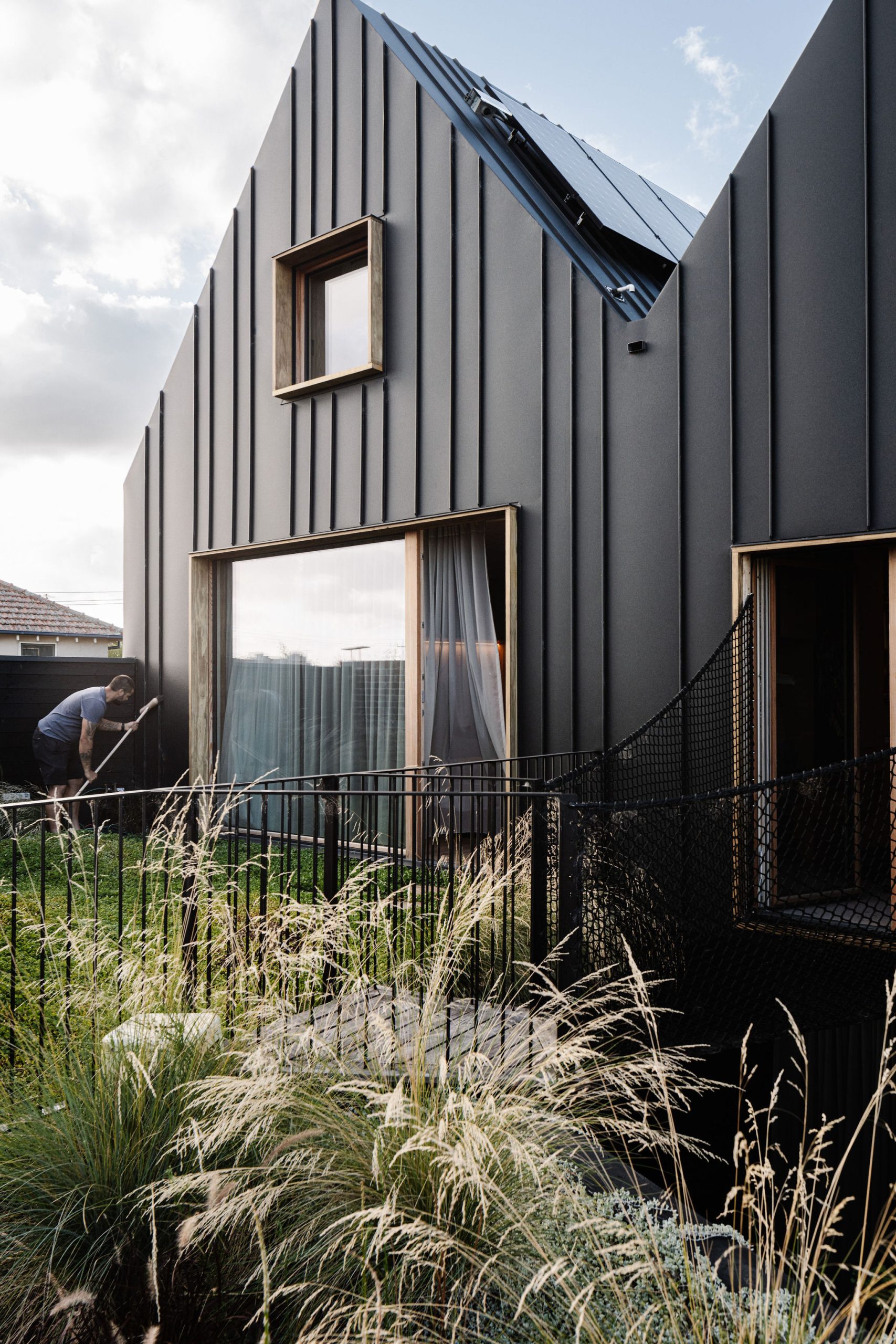
What is passive house design?
Coined by physicists Bo Adamson and Wolfgang Feist in the 1970s, the leading principles around Passive House Design describe an approach to building design that focuses on passive strategies for achieving optimal energy efficiency and comfort. This is done through such design techniques like utilising sunlight through large windows or skylights, or allowing optimal ventilation throughout designated areas to provide both heating and cooling. Through passive design, the indoor environment of a home is incredibly comfortable, and that translates to other areas like noise and aesthetics, too.
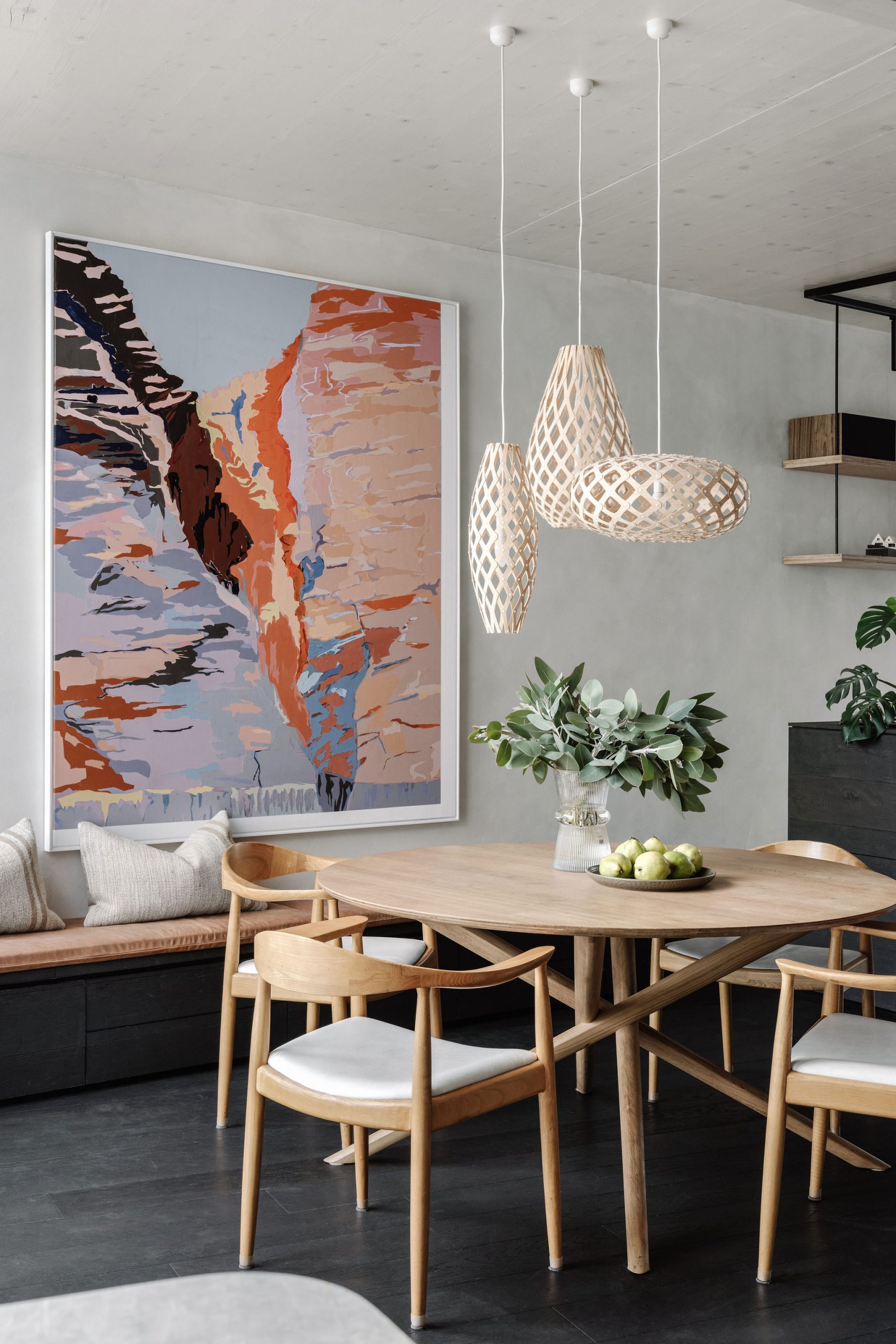
Consider the geometry of your home
It’s essential to design your home’s layout and orientation in a way that maximises solar gain during the winter months, while minimising solar heat gain during the summer.
“From a design point of view, we try to keep the geometry of the home relatively compact as it will help the home to perform — that would apply to both a Passivhaus or a more traditional home based on passive solar design,” said Ms Bernstein.
“Active shading is important in Passivhaus, especially in summer. While in a Passivhaus you can trust having a warm home throughout winter and don’t have to hope for sunshine to heat your home, a more traditional home working with passive solar design would benefit substantially from lots of north facing glazing in combination with thermal mass underfoot, like a concrete slab that can store that solar heat gain.”

Think about natural insulation
Using high-performance insulating materials throughout main areas throughout your home—like floors, roofs and in walls—will help to minimise the heat transfer between the interior and exterior of your home. It’s also important to ensure that the installation of insulation is continuous across materials to eliminate thermal bridging, which can lead to energy loss.
A great starting point for insulation is incorporating engineered timber flooring throughout your home, which insulates and increases the energy efficiency of your home.
“We [Melbourne Design Studios] are personally big fans of FSC-certified timbers or recycled timber surfaces, as we as humans have an innate connection to timber. It is warm and soft to touch, enhances biophilic connection, is supporting better acoustics and indoor air quality,” said Ms Bernstein.
“And topping all this, it sequesters carbon which hugely helps to remove carbon from the atmosphere and is our number one material to achieve carbon zero constructions.”
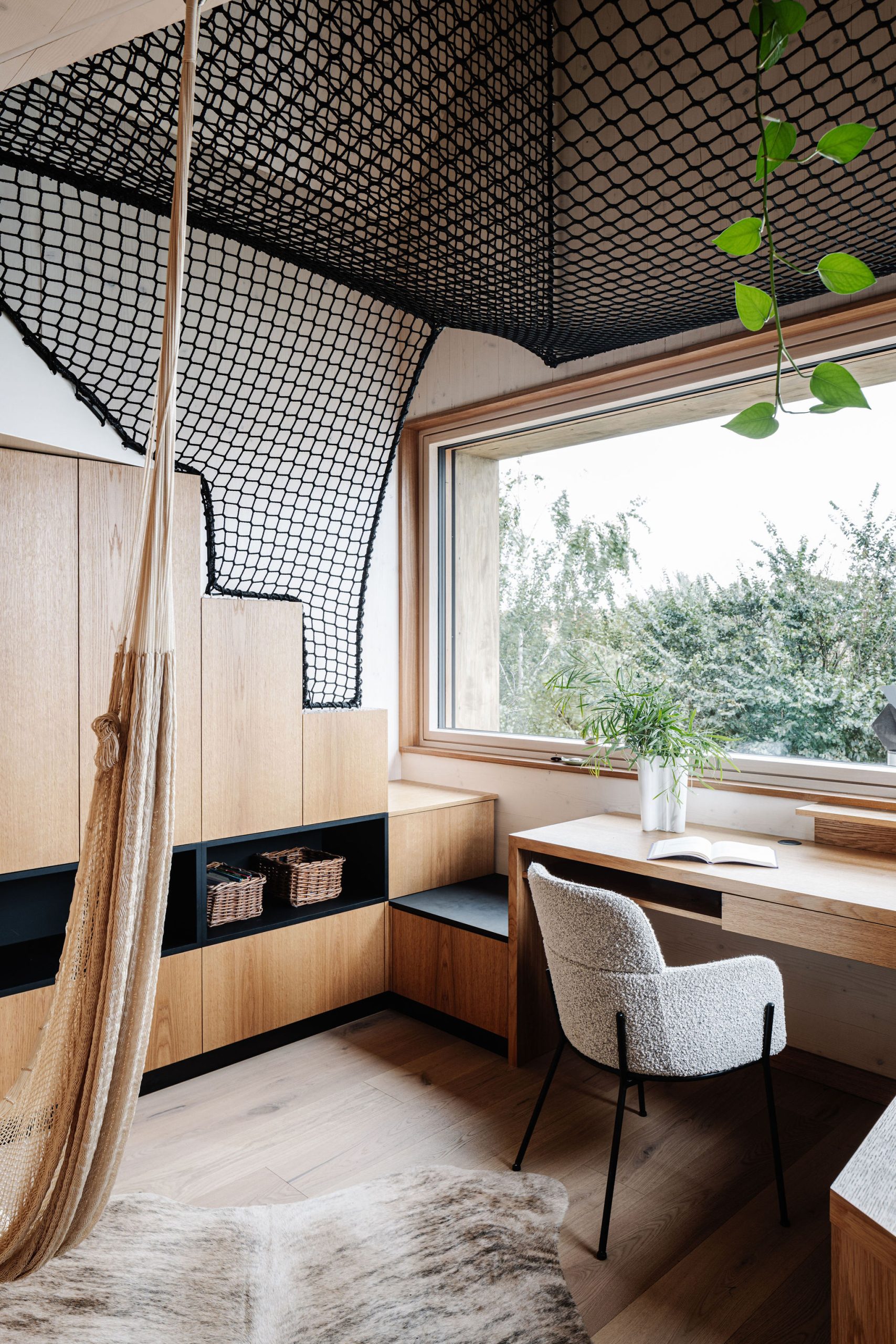
Airtight construction is pivotal
Implementing airtight construction techniques ensure that there is no way for air leakage or drafts to occur, which can significantly reduce heating and cooling expenditure. One key way of factoring this in is through the Mechanical Heat Recovery Ventilation (MHVR) system, which is crucial for maintaining indoor air quality and comfort (with minimal energy consumption).
“In Passivhaus, a mechanical heat recovery ventilation system supplies fresh at the indoor temperature all the way through your home,” said Ms Bernsstein.
“This, combined with the airtightness and continuous insulation, completely cuts out the feeling of drafts which brings an unknown comfort to the inhabitants.”
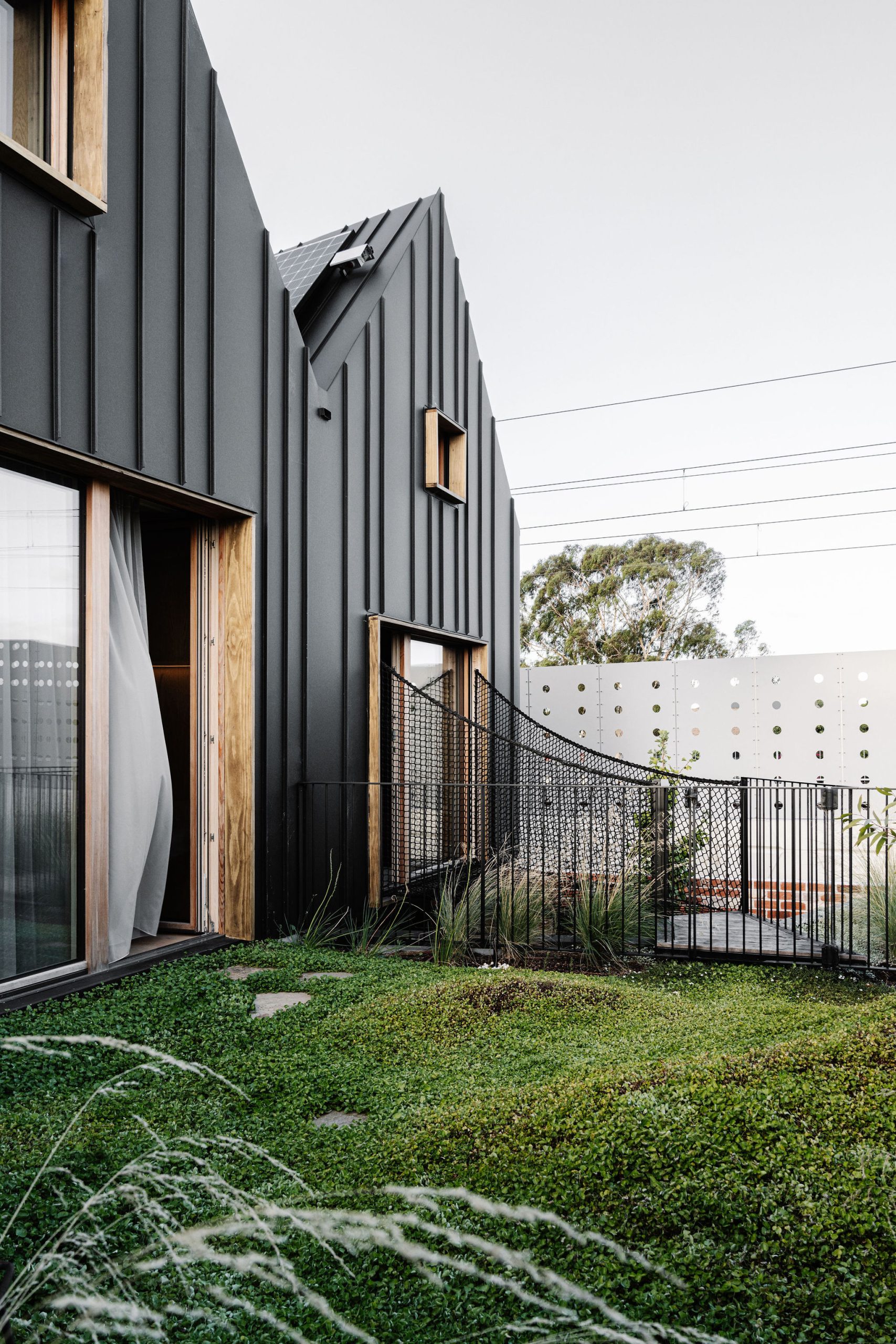
You don’t need traditional design methods to warm your home
Unlike traditional homes, in Passivhaus, the use of temperature control elements, like a fireplace, curtains, or specialised windows, aren’t necessary in heating and cooling your home. In fact, in Passivhaus, there really is no need for a heat source of this kind at all.
There is, however, a way to merge both worlds of Passivhaus and a more traditional home to create a warm and welcoming look and feel.
“Ethanol fireplaces don’t give up too much heat and don’t need a flue – they are clean and easy to maintain and you have a lot of design freedom too,” said Ms Bernstein.
“Otherwise we find that natural materials like timber, marble, clay render, and lime wash paint vibrate some warm hues into any space. Combined with some cushions, rugs, and throws this can feel very warm. And the best thing is, in Passivhaus, it is always nice and warm – no cold feet anymore!”
—
Pure Amazon has begun journeys deep into Peru’s Pacaya-Samiria National Reserve, combining contemporary design, Indigenous craftsmanship and intimate wildlife encounters in one of the richest ecosystems on Earth.
Australia’s housing market defies forecasts as prices surge past pandemic-era benchmarks.
A $20 million rebuild is set to reshape Rose Bay’s dress circle, with Tribe Studio proposing a sustainable, sculptural mansion to replace the existing trophy home and reclaim its coveted harbour views.
What happens in one of Sydney’s most affluent suburbs when a neighbour’s trees block your panoramic views of the Harbour? You build a new $20 million house.
That’s the reality in Rose Bay, where there are plans for a knockdown rebuild of the trophy home Indah on the dress circle Bayview Hill Road. That last sold for just over $27 million in 2015 when it was bought by barrister Georgina Black.
Two years ago, Black sought to have four recently planted palm trees on her neighbour’s property removed because they obstructed her view of the Sydney Opera House.
Council rejected the application, so Black took the matter to the Land and Environment Court. They also sided with her neighbour.
Now a new four-level home is planned for the prime 888 sqm block. The documents suggest it will be more in keeping with its location than the existing five-bedroom, glass-swathed mansion.
In its Design Statement submitted to Woollahra Council, Tribe Studio Architects described Rose Bay House as an “ambitious project.” They said they aim to set a high watermark for sustainable and Country-centred design.
Ironically, the report notes that, in a traditional sense, they are “being a good neighbour to the surrounding sites.”
“We are honouring shared views, we are creating landscape buffers, and we have liaised closely with neighbours where possible to secure their support for the proposal,” the report states.
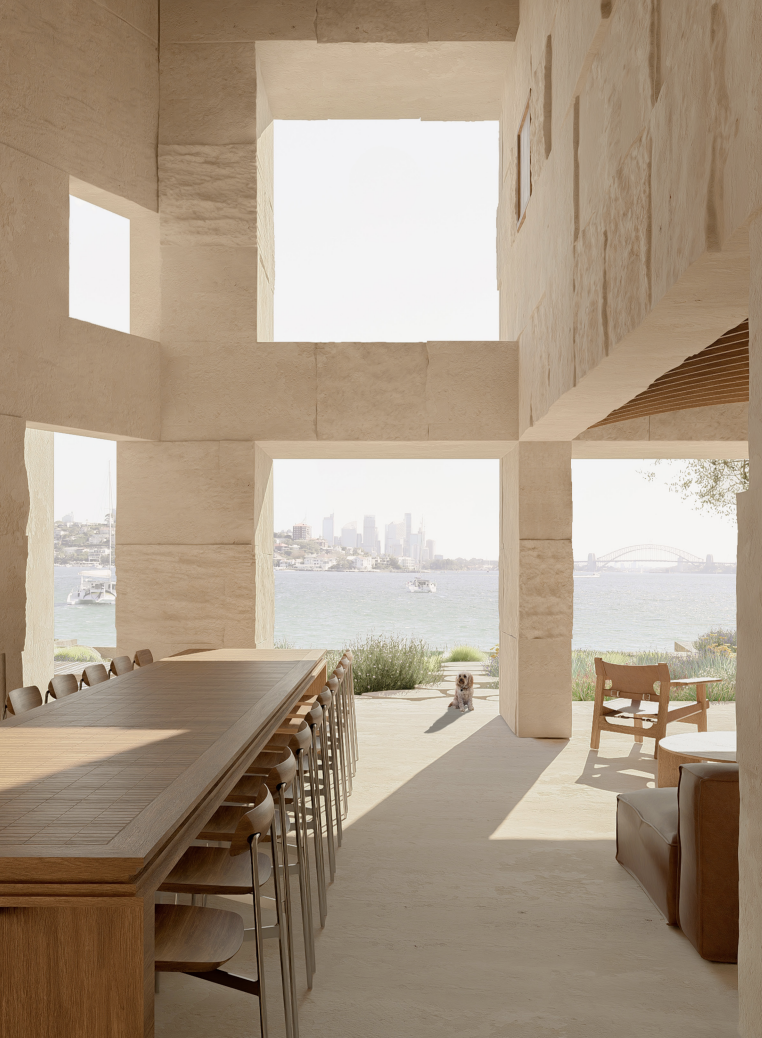
They also say they are driven by being a “good neighbour” to the Harbour.
“In this prominent location, the house is a shared foreshore for everyone using the Harbour. The design reinstates a sandstone, bushy foreshore and reduces the sense of highly reflective, large glass spans that dominate the existing dwelling.”
“We hope to inspire a new generation of luxury that is not reliant on imports and extraction, but rather is inventive, crafted and responsible.”
The elements of the home are categorised for longevity to manage maintenance, upgrades, and overall durability. Permanent elements are designed to last for hundreds of years.
The new home will span four levels. The entry level will feature an open-plan kitchen, living, and dining area opening to gun-barrel views of the Harbour.
Two levels will sit below ground. The lowest level includes a natural pool and a quarry-like, double-height outdoor dining area and undercroft pool zone. Tribe drew inspiration from the Ca’n Terra House by Ensamble Studio in Menorca, Spain, converted in 2020 from an abandoned limestone quarry.
The entire top level will be a dedicated master suite with a dressing room and ensuite. In total, six bedrooms are proposed, along with several home office spaces and lounge areas.
It would be realistic that given the purchase price of the home a decade ago, and a $20 million rebuild, the new trophy residence would become one of the priciest in Rose Bay.
The current Rose Bay record was set earlier this year when a harbourfront home on Tivoli Avenue, with three separate residences on the 1,138 sqm block, sold for a reported $82.5 million.
BMW has unveiled the Neue Klasse in Munich, marking its biggest investment to date and a new era of electrification, digitalisation and sustainable design.
A bold new era for Australian luxury: MAISON de SABRÉ launches The Palais, a flagship handbag eight years in the making.









